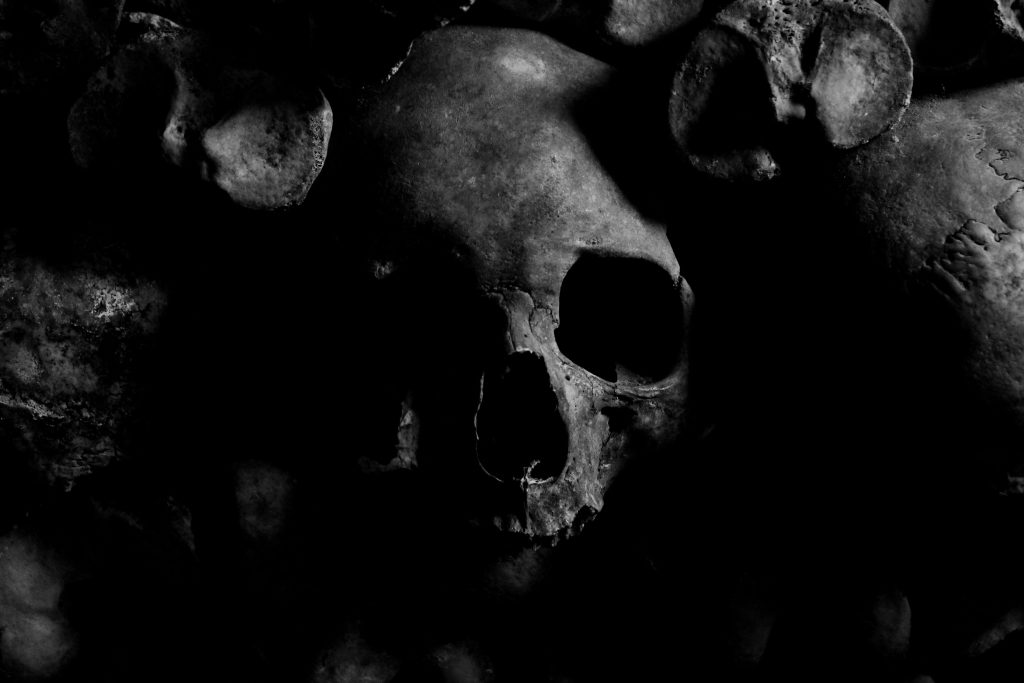November the 15th, 2023 – Halloween might be over, but that doesn’t mean that the paranormal wanders off until next October. Here are five Croatian ghost stories to get the little hairs on the back of your neck standing to attention…
Valpovo’s White Lady
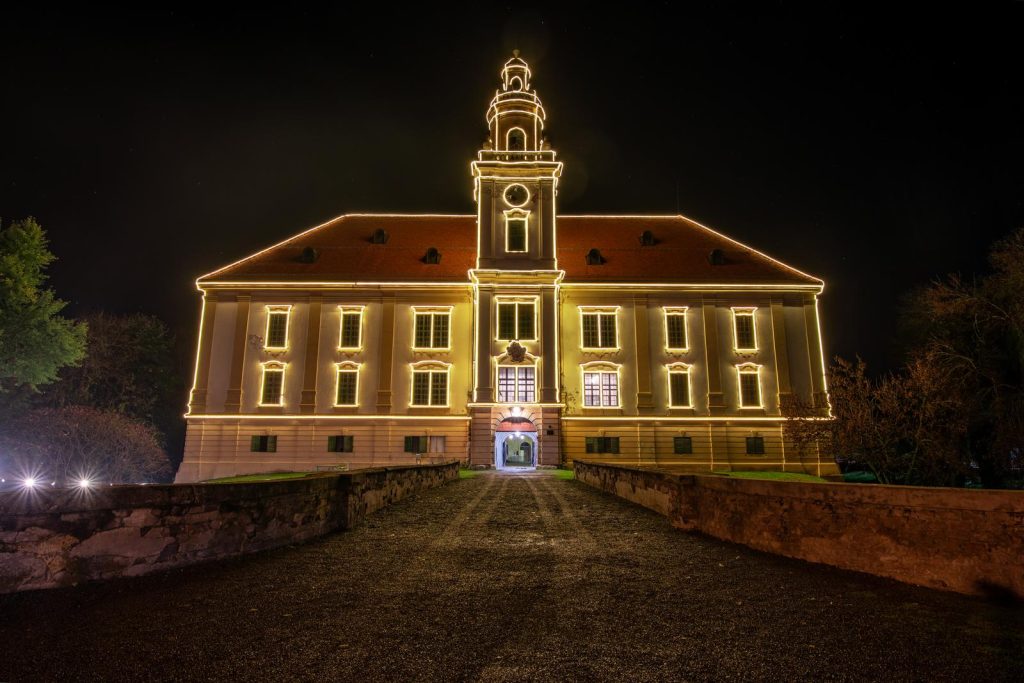
Oh God, you’re probably thinking, literally everyone has a White Lady story. Well, you’re not entirely incorrect, especially if you’re from England where there seems to be a White Lady on every old street and haunting the cellar of every pub. Valpovo’s White Lady, however, fought against the marauding Ottoman forces during her natural life and tried to give a direct message as to the location of her earthly remains from beyond the grave. For this, among the most interesting of Croatian ghost stories, let’s hop into our time machine and head back to the nineteenth century. The location is Valpovo Castle, also known as the Prandau-Normann Castle.
Valpovo’s White Lady is said to have haunted the long corridors and spacious rooms of Valpovo Castle back during the nineteenth century, plaguing the dreams of Baron Prandau in particular. During a visit to the complex, an imperial army colonel claimed to have witnessed the ghostly manifestation of a young woman who had somehow informed him of the dire end to her natural life, and that her remains were hidden within the castle’s grounds.
Croatian ghost stories were commonplace, and little attention was paid to the frightened colonel’s protestations of there being the discarded body of a young girl buried between the chapel and the ice cellar. Baron Prandau, however, having had his own experiences, was disturbed by the occurrence. Time went on, and Valpovo’s White Lady continued to remain trapped in limbo between this world and the next, stuck within the castle and trying to get someone to listen to her. Eventually, Baron Prandau became so concerned by the haunting that he demanded the excavation of the area the colonel had claimed the body to be buried within – and in that exact place – the skeletal remains of a young female were indeed discovered. The body of a brave young girl who had defended the castle and lost her life to the imperialistic Turkish forces lay there alone. Her name was Catherine.
Škrinjari – Croatia’s haunted house
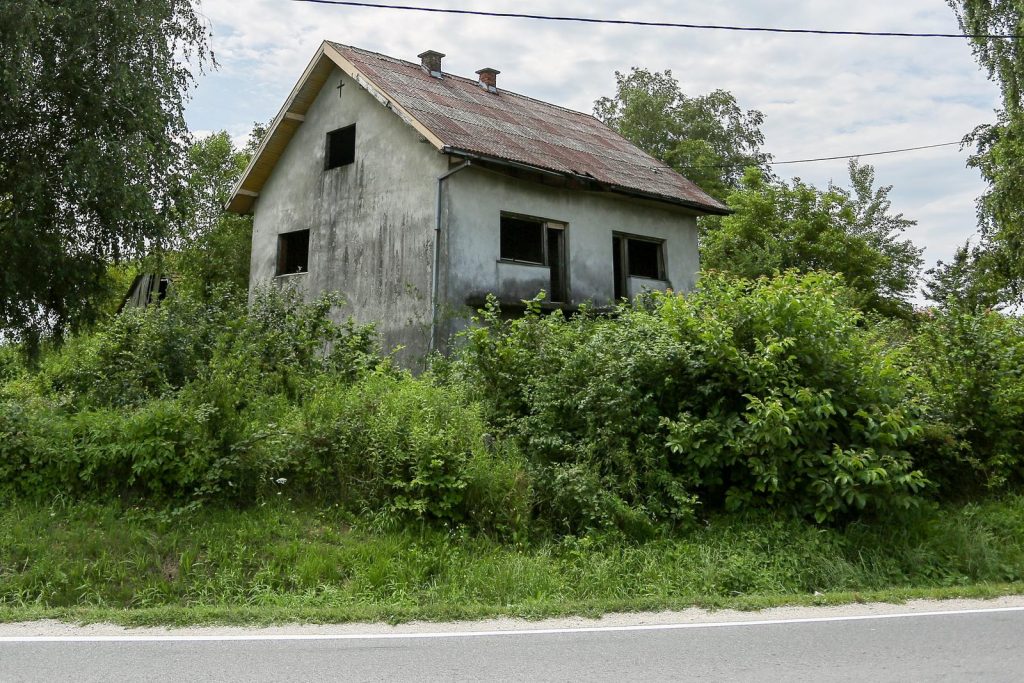
When it comes to Croatia’s most haunted home, you don’t even have to venture far outside of the City of Zagreb. This house lies in the aforementioned village (Škrinjari), just a stone’s throw east of the capital’s borders, close to Sveti Ivan Žabno. Of all Croatian ghost stories, this one poses the most questions, and it’s not likely that we’ll ever get any answers.
The house has been constructed on an old graveyard, and for anyone who has ever read Pet Cemetery by Stephen King, you’ll know that isn’t an ideal architectural move. The owner has stated on numerous occasions that he’d be more than happy to rid himself of the property and is willing to simply hand over the keys and sign away the rights to it to anyone who can spend the night there problem-free. That, however, isn’t a good idea. The blood-curdling sound of screaming women, crying babies and other extremely disturbing sounds have been reportedly heard coming from the house. The original builder had said that a woman had been murdered on the house’s land and buried there, that there had been drownings, and that the property was home to something otherworldly and malevolent. Hence its abandonment.
Thrill seekers and those interested in the paranormal have attempted to spend the night at the abandoned property in this village, and have then been admitted to psychiatric institutions because of the nervous breakdowns that ensued afterwards. Even the police, who have been called out to investigate the inexplicable and chilling sounds coming from the house, were affected. Two officers were found wandering around in an apparent daze, unaware of their surroundings and seemingly delirious in their trance-like state. This was after spending an extended period of time at the property.
The body in the walls of Veliki Tabor Castle
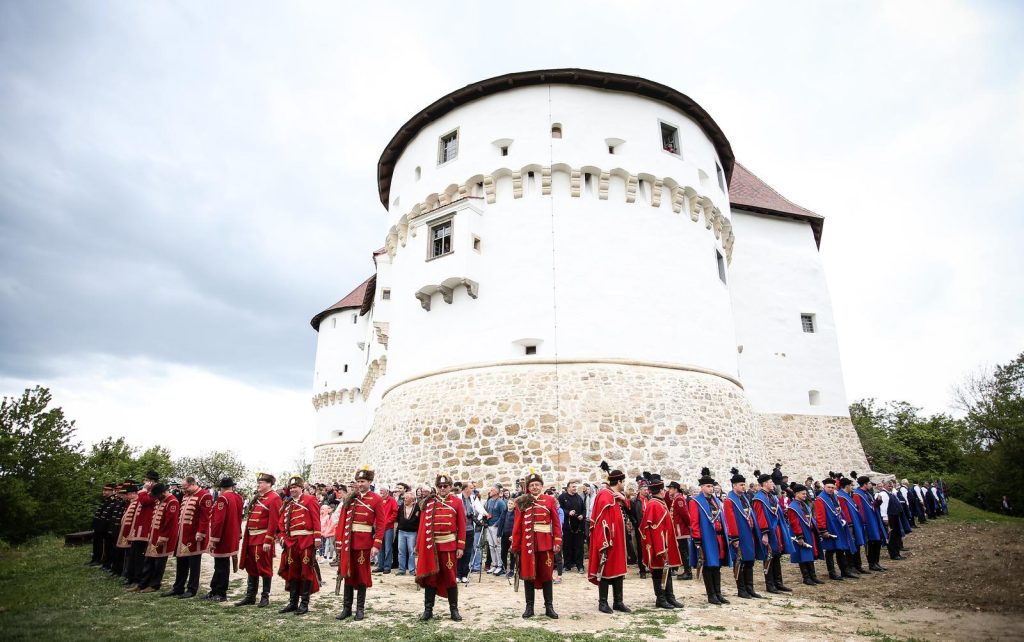
In my post about amazing Croatian castles, I mentioned the truly astounding structure in the northern part of the country which is Veliki Tabor (or big/great camp in Croatian). Located in the gorgeous rolling hills of Zagorje, Veliki Tabor is astonishingly well-preserved and welcomes swathes of visitors each and every year. It has a dark side, however.
One of the very many interesting facts about this castle lies with some of its former noble inhabitants. When it was under the ownership of the Count of Celje (Hermann II), his son Frederick fell for a local girl who came from a poor family. Being poor, Veronika naturally had very little to offer in the way of status or social climbing, and as you might expect for a noble who was all about keeping up appearances, was vehemently rejected by Hermann II, despite his son’s desperate protestations. It didn’t help that Frederick was also already married, and clearly deeply unhappily. Elizabeta Frankopan (yes, of the famous Frankopan noble family), rather oddly ended up having her life cut short, and it was never clear what exactly had occurred, and the circumstances surrounding her death were a great mystery.
With Elizabeta out of the picture, Frederick deemed it the perfect time to let Veronika know, and to run away together, escaping the chains of his nobility. Hermann II was worried this might be the plan, and quickly captured the two, imprisoning both his son and his undesired lover in the castle’s impenetrable dungeons below. While his son was stuck in the castle’s dungeons, he dealt with the issue of Veronika – having her drowned after using what was a very easy way to get someone bumped off back during those days – accusations of witchcraft. Her body was apparently placed inside the walls of Veliki Tabor and her screams can allegedly still be heard echoing around the grand castle to this very day. Many visitors have reported hearing Veronika’s desperate pleas, as her soul remains trapped along with her remains within the grounds of the complex, never to be freed.
Jure Grando Alilović – Croatia’s vampire
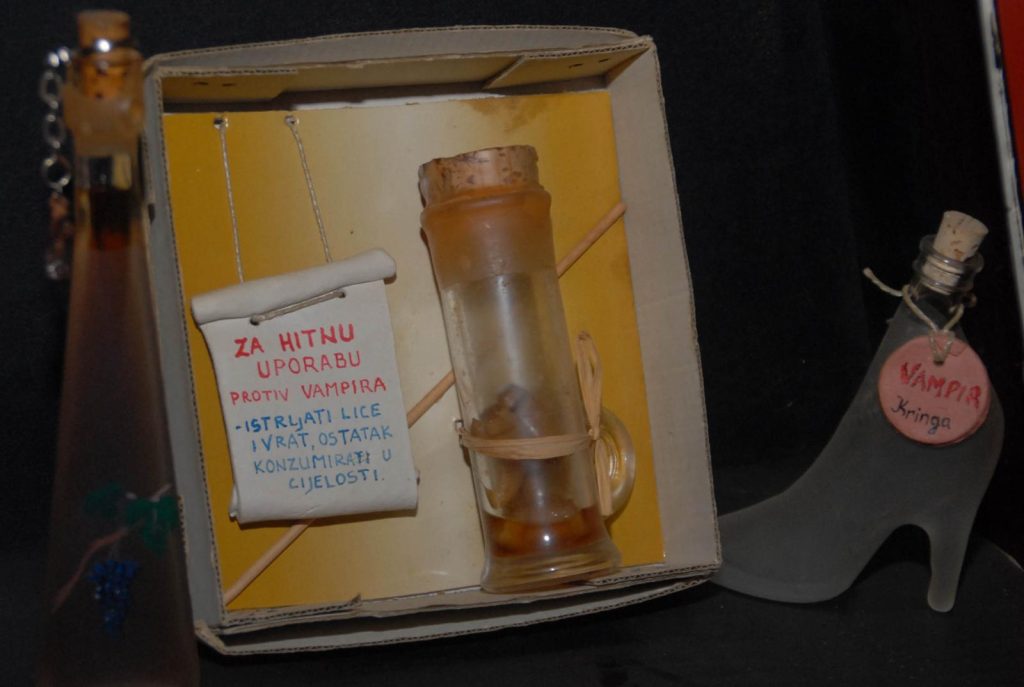
Croatian ghost stories also include vampires. You probably think of Romania when you think of vampires, or maybe even of Whitby in England if you know anything about the inspirations drawn from Whitby Abbey which now lies in semi-ruin. Be it the dark mountains of Romania or the eerie, misty moors of northern England which conjure up images of bats and blood suckers – Croatia likely doesn’t spring to mind at all. That’s until you hear about Mr. Alilović, known as Croatia’s very first vampire.
For this most terrifying of Croatian ghost stories, let’s head back to the 1500s and set our location to a small village called Kringa in Istria County, close to Tinjan. Alilović, more commonly referred to as Jure Grando, hailed from this little settlement, and put it on the map for a very creepy reason. Jure was born in Kringa in 1579. Lucky to have even survived birth and childhood back in those days, Jure lived his life as one might expect and was the product of his environment and the age, marrying, working as a stonemason and having two children – Nikola and Ana. That was until he was struck down by a sickness which took his life after the turn of the century, more precisely in 1656. He had lived a long life for a human in those days, and naturally, once he had died – he was expected to remain dead. Legend has it, however, that he didn’t.
After Jure’s passing, Kringa’s locals began talking about mysterious knocks at their doors. Those who claimed they’d had such a strange visit to their homes soon started dropping dead like flies. Fear spread across Kringa, Tinjan and Istria as a whole as these stories circulated. As his widow Ivana mourned and resented this insensitive babbling, claiming her late husband was visiting them from beyond the grave and indirectly killing them soon after, she too had a visit. She claimed that Jure had appeared during the night in their former bedroom, his appearance was ghostly, pasty, and through the spirit’s gasping, a grin on its unearthly face emerged. Mortified, Jure’s widow did survive the incident, but not without psychological harm.
The priest was told by the villagers about these incidents, and it seemed that Jure went on wreaking havoc from beyond the grave. He toured Kingra’s streets during the night, and those who were unlucky enough to be contacted by him kept passing away. Having heard enough by 1672, the priest realised that something must be done, and he and several others decided to dig up Jure’s grave. When they did, they were taken aback in horror. The same distressing grin that his widow had described was plastered across the corpse’s face, which has apparently not decomposed at all. The priest cut off the body’s head, and a spine-chilling screech came from the remains as he did so. Following that decapitation, peace returned to Kringa.
His children fled Kringa, heading to Italy. It is believed that Jure was the first actual person to have been legitimately described as having been a vampire in historical records. He was referred to as a štrigon, an Istro-Venetian word for a human resembling a vampire, and his case has even been researched by University of Zagreb scientists.
Dubrovnik’s forsaken island – Daksa
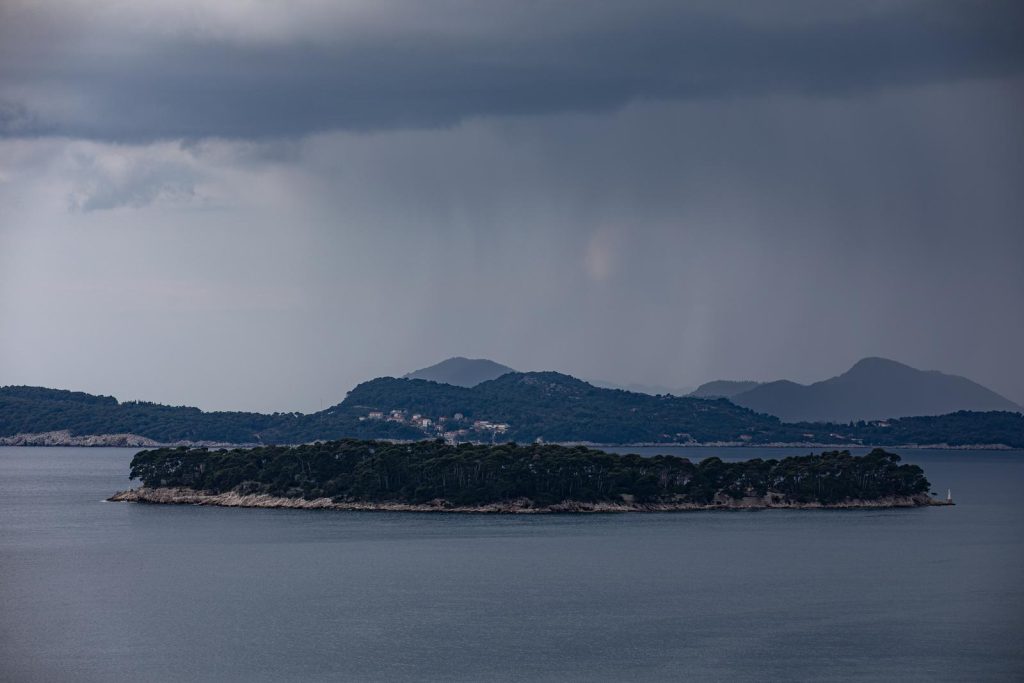
Dubrovnik doesn’t really make one think of ghosts, but there’s a haunted island that lies very close to it, and nobody lives there for very good reason. Only a twelfth century Franciscan monastery, a boat dock and a few other abandoned structures remain on the group of Elaphite islands’ smallest member. Daksa is known as Dubrovnik’s island of ghosts, and this is because of the mass murder of a number of the city’s residents by the Yugoslav Partisans in October 1944. Known as the Daksa Massacre, this war crime involved the summary execution of 53 individuals who had been accused of collaboration with the Axis-allied Croatian Government during the Second World War. Those 53 murdered people, killed without trial, among whom was the Mayor of Dubrovnik, Dr. Niko Koprivica, were some of 300 arrested people. Later analysis managed to establish the identity of just 18 of these poor people, while 35 of them remain unknown, unnamed, and largely forgotten to the cruel hands of the Partisans, and of time.
Following the murders of these Dubrovnik citizens, the Yugoslav Partisans placed posters across the city ”in the name of the People of Yugoslavia”, stating the names of those they had murdered in cold blood. One murdered man was the author of the beloved Croatian song “Djevo Kraljice Hrvata”, Father Petar Perica, the Director of the Dubrovnik Gymnasium, Makso Milošević, Nino Munić, the Secretary of the Dubrovnik Municipality, and journalist Ivo Peko.
As the victors, the Yugoslav Partisans had the privilege of writing history as they wanted it to read. As such, much of their blood lust and many of their horrendous war crimes which absolutely rivalled those committed by their enemies were conveniently glossed over. The Daksa massacre was one of them, all the way up until the discovery of these bodies in 2009. Nobody has ever been tried for this war crime. With the passage of time since the murders now being what it is, nobody ever will be.
Dubrovnik’s island of ghosts lies a mere 1.5 miles from the hustle and bustle of a modern tourist magnet. Sitting in the darkness of the shadow of a city of art and culture. Daksa, with its dense cypress trees and Mediterranean pine, its ruins and deafening silence, remains trapped eternally in October 1944.

